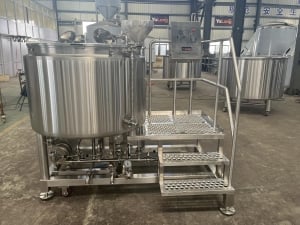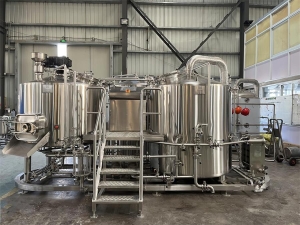Table of Contents
ToggleOverview
Bright beer tanks (BBTs) play an essential role in the brewing process. These specialized vessels are designed to hold beer post-fermentation for maturation, carbonation, and clarification before packaging. Whether you’re running a large-scale brewery or a small craft operation, bright beer tanks are indispensable for ensuring your beer meets quality standards.
This guide explores everything you need to know about bright beer tanks—from their role in brewing to installation, operation, and maintenance. We’ll also provide comparison tables, troubleshooting tips, and answers to frequently asked questions.
What Is a Bright Beer Tank?
A bright beer tank, sometimes referred to as a conditioning tank, serves as the final stop in the brewing process before beer is packaged into kegs, cans, or bottles. Think of it as the finishing school for your brew. The tank allows the beer to mature, clarify, and develop the desired carbonation level.
These tanks are engineered for precision, with features such as pressure-rated designs, cooling jackets, and built-in carbonation stones. Bright beer tanks ensure the product achieves the perfect clarity, flavor profile, and fizz before reaching the customer.
Key Features of Bright Beer Tanks
- Pressure-rated designs: Withstand carbonation pressures.
- Cooling jackets: Maintain ideal beer temperature.
- Polished interior: Ensures hygiene and prevents flavor contamination.
- Sampling ports: Allow quality checks without opening the tank.
- Customizable configurations: Tailored to brewery needs.

The Brewing Process: Where Bright Beer Tanks Fit In
Step-by-Step Brewing Overview
- Mashing and Boiling: The malted grains are mashed to extract fermentable sugars, followed by boiling to sterilize the wort.
- Fermentation: The boiled wort is transferred to fermenters where yeast converts sugars into alcohol and CO2.
- Conditioning in Bright Beer Tanks: Once primary fermentation is complete, beer is transferred to a bright beer tank for maturation, carbonation, and final clarification.
- Packaging: The beer is finally packaged into bottles, cans, or kegs.
Bright beer tanks play a pivotal role in refining the beer’s taste, clarity, and carbonation. Without this step, the product may fall short of consumer expectations.
Troubleshooting Common Issues with Bright Beer Tanks
1. Carbonation Problems
- Issue: Beer isn’t reaching the desired carbonation level.
- Solution: Check the carbonation stone for clogs or damage. Ensure the CO2 regulator is set correctly.
2. Temperature Fluctuations
- Issue: Beer temperature is inconsistent.
- Solution: Inspect the cooling jacket and glycol system for leaks or malfunctions. Ensure the tank’s insulation is intact.
3. Foaming During Transfer
- Issue: Excessive foam when transferring beer to the tank.
- Solution: Reduce transfer speed and ensure hoses are sanitized to prevent contamination.
4. Clarity Issues
- Issue: Beer remains cloudy.
- Solution: Extend the conditioning period or use a filtration system to remove excess particulates.
Bright Beer Tank Specifications
Capacity, Space, Design, and Customization
| Parameter | Details |
|---|---|
| Capacity | Ranges from 5 barrels (BBL) to 300+ BBL for different brewery scales. |
| Space Requirements | Compact models available for small breweries; large tanks for high production. |
| Design Features | Pressure-rated, polished interior, cooling jackets, sampling ports. |
| Customization | Options for size, pressure ratings, and additional ports for instrumentation. |
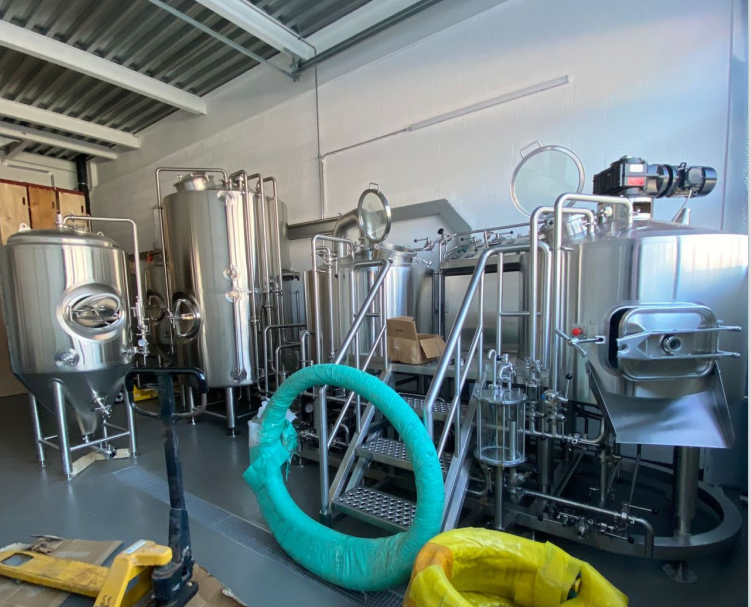

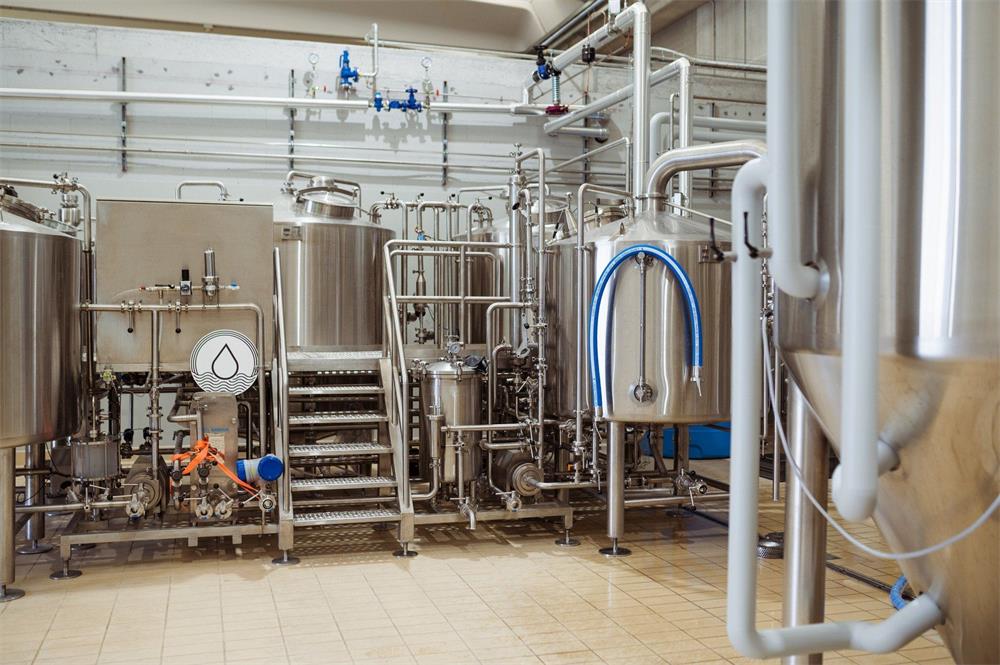



How to Choose the Right Supplier
Selecting the right supplier for your bright beer tank is critical. Here’s what to consider:
Supplier Evaluation Criteria
| Criteria | Details |
|---|---|
| Reputation | Look for suppliers with a track record of delivering high-quality equipment. |
| Price Range | Compare prices to ensure they align with your budget without compromising on quality. |
| Customization Options | Ensure the supplier offers tanks tailored to your specific brewing needs. |
| Customer Support | Assess the availability of technical support and warranty coverage. |
| Lead Times | Inquire about delivery times to avoid delays in your production schedule. |
Top Suppliers and Price Ranges
| Supplier | Price Range (USD) | Features |
|---|---|---|
| ABC Brewery Solutions | $5,000 – $20,000 | Customizable designs, advanced cooling systems. |
| CraftTank Co. | $4,000 – $15,000 | Compact options for small-scale breweries. |
| BrewTech Industries | $6,000 – $25,000 | High-capacity tanks with premium materials. |
Installation, Operation, and Maintenance
Installation Tips
- Ensure the foundation can support the tank’s weight when full.
- Install near existing glycol lines for efficient cooling.
- Verify that electrical connections meet local safety standards.
Operation Guidelines
- Maintain proper pressure levels during carbonation.
- Use the sampling port to test beer quality regularly.
- Ensure the cooling system operates consistently to avoid temperature fluctuations.
Maintenance Checklist
| Task | Frequency | Details |
|---|---|---|
| Clean interior surfaces | After every batch | Use a CIP (clean-in-place) system with appropriate cleaning agents. |
| Inspect seals and gaskets | Monthly | Check for wear and replace as needed to maintain pressure integrity. |
| Calibrate pressure gauges | Quarterly | Ensure readings are accurate to avoid over-pressurization. |
Advantages and Limitations of Bright Beer Tanks
| Aspect | Advantages | Limitations |
|---|---|---|
| Clarity | Achieves crystal-clear beer through maturation and clarification. | Requires additional space and investment. |
| Carbonation | Enables precise carbonation control. | Mishandling can lead to over-carbonation issues. |
| Consistency | Ensures consistent flavor and quality across batches. | Demands regular maintenance for optimal operation. |
| Versatility | Can be used for cold storage as well. | Limited functionality beyond beer conditioning. |
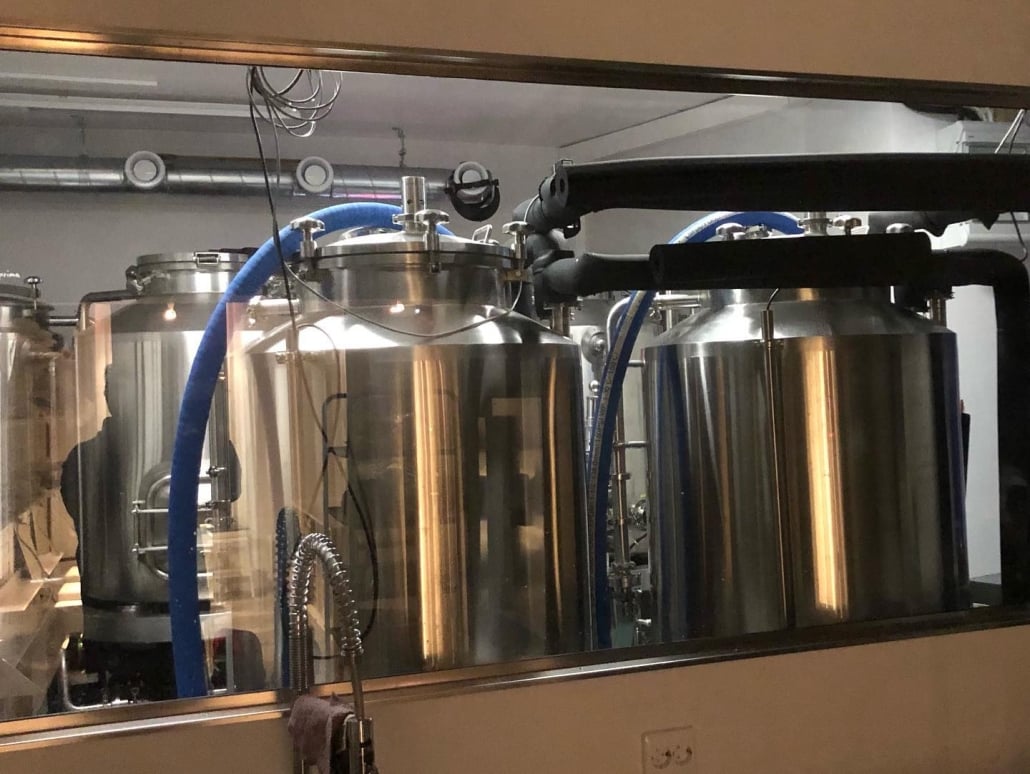
FAQs
| Question | Answer |
|---|---|
| What is a bright beer tank used for? | For beer maturation, carbonation, and clarification before packaging. |
| How do I clean a bright beer tank? | Use a CIP system with caustic and acid cleaners, followed by rinsing. |
| Can bright beer tanks store other liquids? | Yes, they can store cider, soda, and other carbonated beverages. |
| What size tank should I choose? | It depends on your production scale; consult a supplier for recommendations. |
| How much does a bright beer tank cost? | Costs range from $4,000 to $25,000 based on size and features. |
Conclusion
Bright beer tanks are a cornerstone of modern brewing, ensuring your beer meets the highest quality standards before reaching customers. From choosing the right tank and supplier to mastering installation and maintenance, understanding these aspects is crucial for any brewery. With this guide, you’re well-equipped to make informed decisions and optimize your brewing process.


